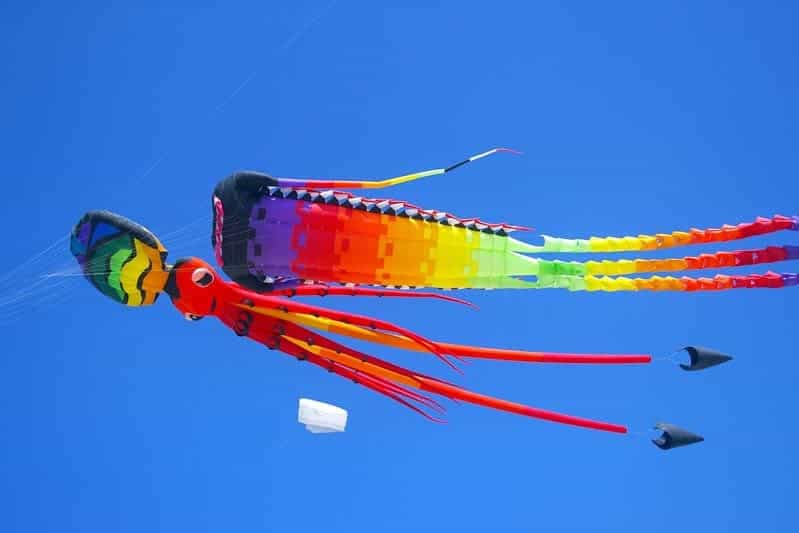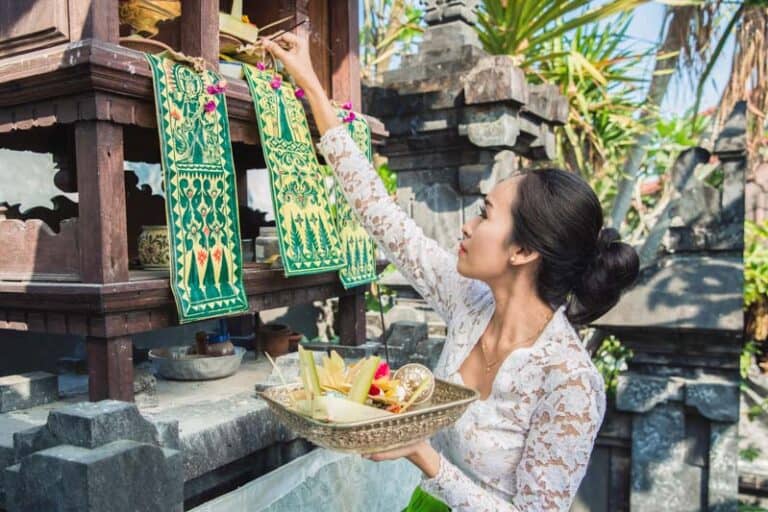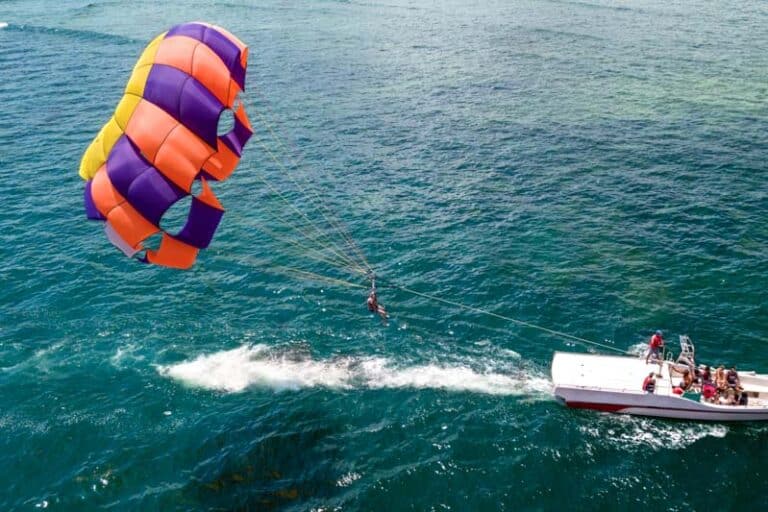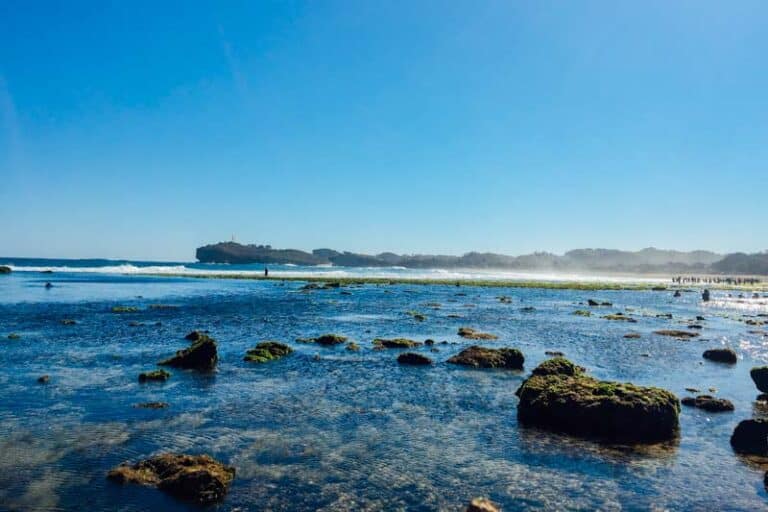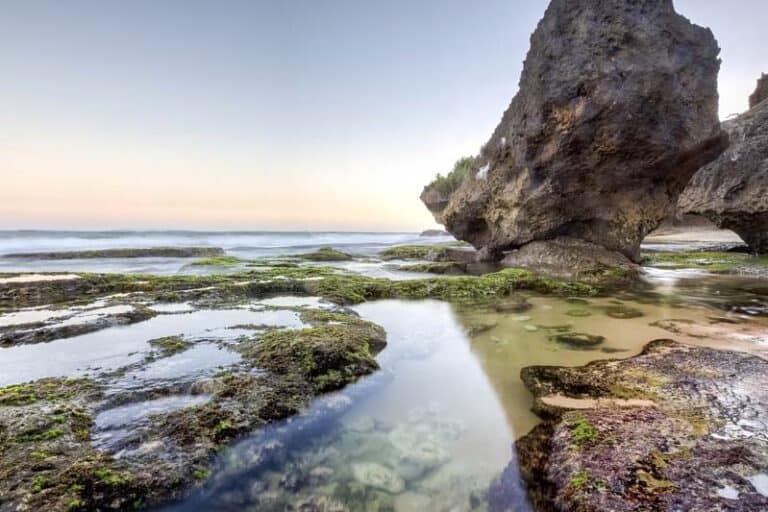Annually, Sanur hosts the Bali Kite Festival, where numerous colorful kites with various interesting shapes fly over the Sanur sky, inviting thousands of pairs of eyes to come and watch this unique and interesting event.
Bali Kite Festival venue and time
Started as the gratitude and respect symbols towards the Godness for abundant harvests and fertility in Bali, this annual Bali Kite Festival opening event starts in July in Padanggalak Beach, Sanur, followed by the main and smaller-scale kite competitions, then the final closing ceremony in October. Taking advantage of the windy season in Bali, hundreds of local groups compete to pilot their traditional giant kites in the sky, drawing thousands of visitors each year to this fun and interactive festival in Bali.
Bali Kite Festival competition events
This Bali Kite Festival’s competition event welcomes both domestic and foreign teams to participate. For the Balinese themselves, this authentic event is a competitive ground for the youth group in the villages (banjar) of Bali to show off their creativity, and compete to win the prize.
Generally, the participants should assemble the kites during the event and successfully launch it to win the prize;. At the same time, other smaller competitions include the “new creation,” which displays the most creative and distinctive kites (including the 3D figures and the unusual designs, mascots, or sponsorship kites) where you can view in Mertasari Beach, Sanur.
The traditional Balinese kites
Some categories will feature the traditional Balinese kites, which are the Bebean (the giant fish-shaped kite), the Janggan (the longest bird-shaped kite with over 100m or 328-foot long tail), and the Pecukan (the leaf-shaped kite which requires the most skills to fly) – all vary anywhere between 10 meters (32.8 ft.) in length, and 4 meters (13 ft.) in width, and need more than ten expert kite fliers to win each competition categories, including the best-launched, best-design, and longest-flight.
The colors in Balinese traditional kites generally consist of the colors representing Balinese Hindu Trinity, which are: red for Brahma (the creator of the universe), white for Vishnu (the protector of the universe), and black for Shiva (the destroyer of the universe), along with yellow for Dewata Nawa Sanga (eight Gods representing eight directions).
What you can expect from the Bali Kite Festival
There are definitely many unique kites displayed during Bali Kite Festival, but make sure not to miss the kite details which sometimes can surprise you, such as the vibrating bows called “guwang” on the kites to generate a resonating hum, or even some lights installed in the kites to be turned on after the sun sets down. You can also enjoy the gamelan orchestra music throughout the festival, which adds the joyful spirits during the kite take-off.
The parking space could be full even for motorbikes, and you can expect some traffic jams around Padanggalak, particularly during the weekends or late evenings. There will be a lot of food vendors strolling around, so you can try some popular local snacks like pork skewers, lumpia or spring roll, or just a sip of fresh coconut when the day is too hot.
